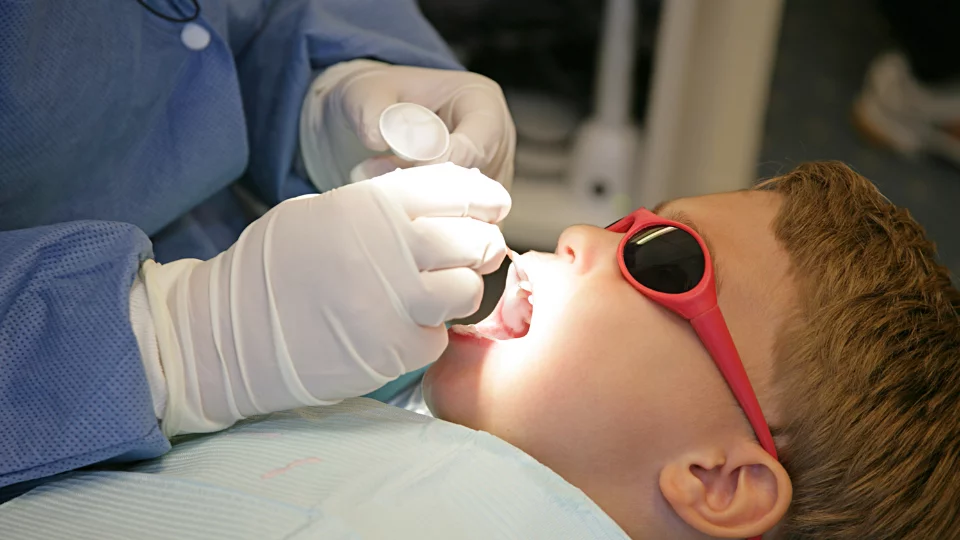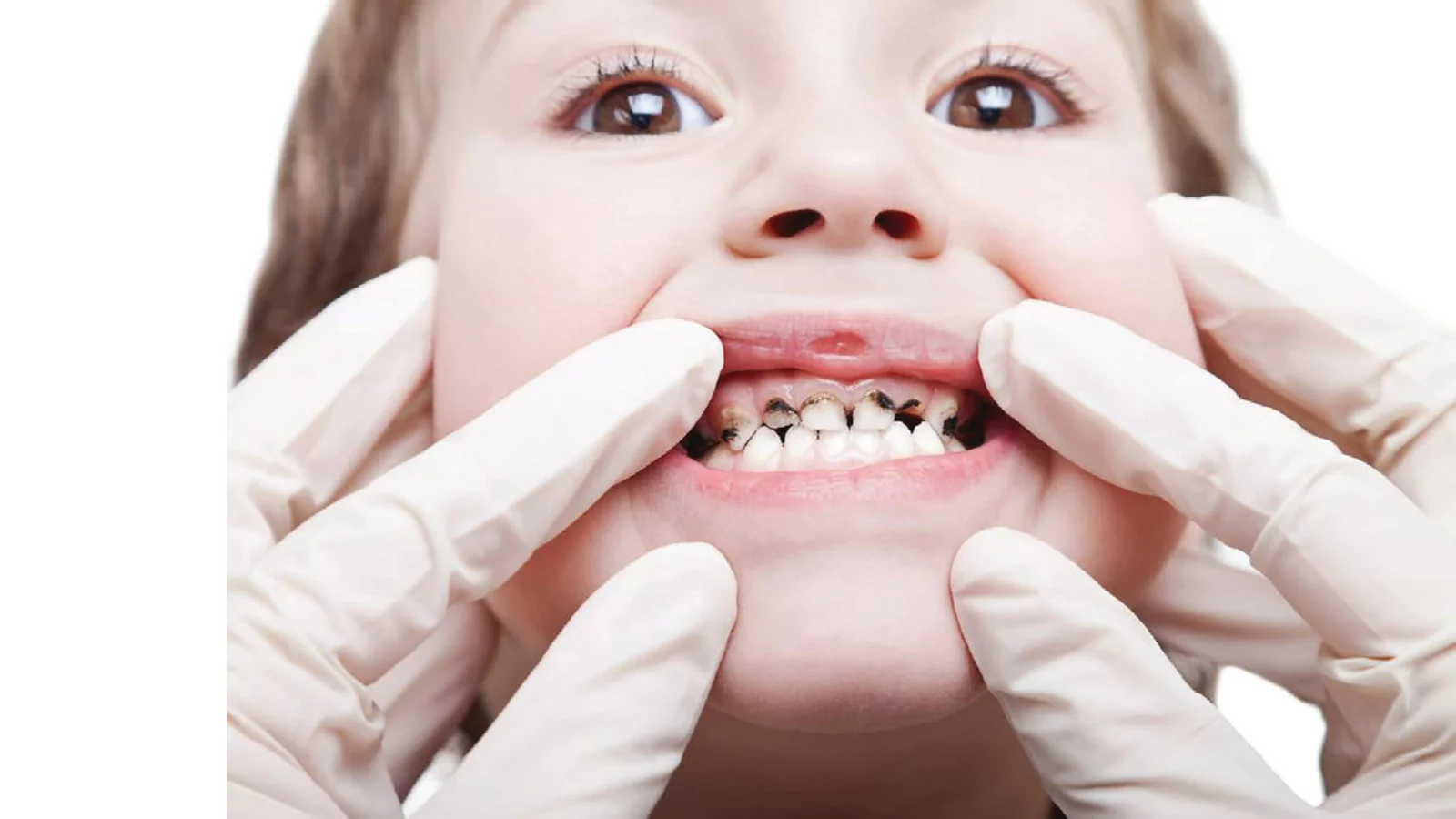By JoAnn Gurenlian, RDH, MS, PhD, AAFAAOM, FADHA
March 21, 2024
The Association of State and Territorial Dental Directors (ASTDD) Best Practices Committee aimed to identify and provide information related to developing successful practices that address Early Childhood Caries (ECC). ECC is the most common disease in children younger than age six and is the result of poor diet and poor oral hygiene. While fluoride and regular access to oral health care are used to prevent and manage ECC, the report maintains that prevention is more effective in addressing ECC than invasive treatment. Further, improving oral hygiene behaviors and oral health literacy of caregivers can improve the oral health of children.
Challenges of combating ECC
There are significant challenges to combating ECC. The primary challenge is financial since the oral health care system does not compensate for prevention. In addition, there is a lack of tracking mechanisms available that provide data concerning how well preventive measures work. Social determinants of health and diet present additional challenges to maintaining good oral health. Limited access to healthy foods, misconceptions about sugar and types of foods that contribute to tooth decay, and state dental boards that restrict who can provide care, in which settings, and at what level of supervision, represent additional barriers.
Strategies for improving ECC management
Multiple strategies have been recommended to improve the management of ECC. Switching from a volume-based delivery system to a value-based approach is one option. With this strategy, oral health professionals would be compensated based on the positive health outcomes of their patients. Another strategy considered is expanding oral health care beyond the traditional dental practice setting. Bringing oral health care to community-based programs where children visit such as Head Start and Special Supplemental Nutrition Program for Women, Infants, and Children, will assist children in receiving much needed oral health care. Expanding telehealth, medical-dental integration, and utilization of diverse dental team members, community workers and family advocacy groups can expand oral health care and key messaging for children and families. Further, customizing education and messaging to unique groups and providing a person-centered perspective is key to building a positive rapport.
Other strategies for addressing ECC include adopting new therapies and technology that reduce caries transmission, are linked to caries resistance, and promote caries prevention. The report advocates consideration for povidone iodine for caregivers and older children, and erythritol, arginine and peptide scaffold technology as newer options with anti-caries benefits.
Tracking oral health outcomes
Finally, an improved method for tracking oral health outcomes in the prevention and management of ECC, both within and outside of dental practice settings, is needed to determine how effective interventions are at achieving desired results. Both children and families need to be assessed as ECC affects children who become adults that struggle with poor oral health.
The report offers a table detailing actions to best prevent and manage ECC for oral health professionals, non-clinical team members, policymakers and payers, non-dental health care professionals, state oral health programs, oral health coalitions, new oral health champions/allies, and anyone who cares for children. The report also offers practice examples detailing strategies and interventions for ECC prevention and management that can serve as models and be adapted to practice and community settings.
To learn more, access the full paper here.
____________________________________
Reference:
Association of State and Territorial Dental Directors Best Practices Committee, “Best Practice Approach: Early Childhood Caries Prevention and Management,” Association of State and Territorial Dental Directors and National Maternal and Child Oral Health Resource Center, October 2023, http://www.astdd.org.
____________________________________
This article summarizes the report of the Best Practices Committee of the ASTDD, “Best Practice Approach: Early Childhood Caries Prevention and Management,” as updated online in October 2023 at https://www.astdd.org/bestpractices/early-childhood-caries-prevention-and-management-bpar-2023.pdf.
JoAnn Gurenlian, RDH, MS, PhD, AAFAAOM, FADHA, is the ADHA Director of Education, Research and Advocacy, professor emerita in the Department of Dental Hygiene at Idaho State University, and past president of the American Dental Hygienists’ Association, 1990-1991.



